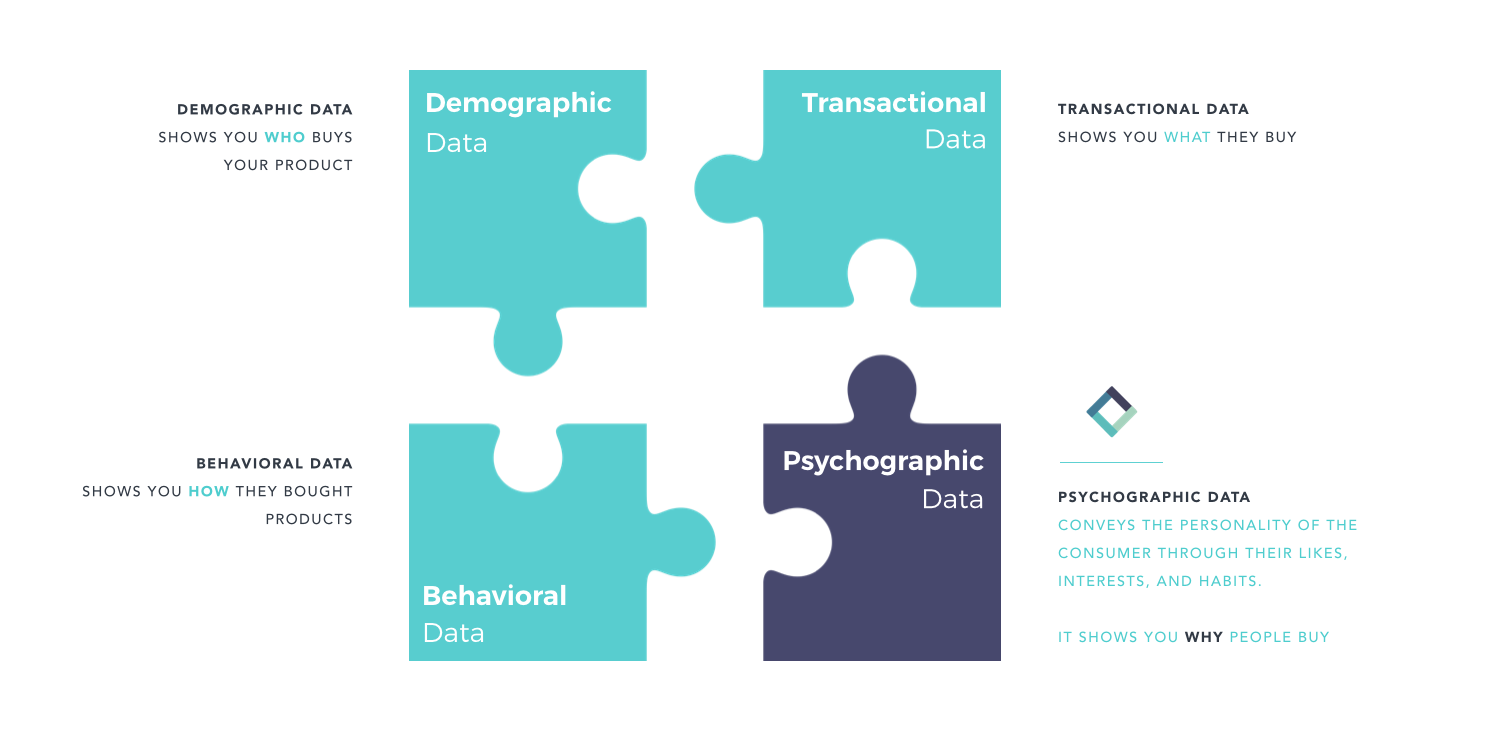If you build a skill with the intelligence of a web service, you can change the web service five times a day…it can give different results based on the conversation.
Adam Wolf is CTO of North America West for Wunderman Thompson, part creative agency, part consultancy, and part technology company. In this role he manages technology partnerships, provides industry expertise to research companies, and collaborates on internal strategic initiatives.
In this episode of Velocitize Talks, Wolf discusses how brands can use data to understand human behavior and strengthen relationships.
Data in Disguise (2:05)
We can predict the nature of what our customers’ clients look like. We are able to model data and create ads or create experiences that are going to be good conversion tactics.

Understanding customer data has never been more important—and overwhelming—for marketers. The team at Wunderman Thompson recognizes that marketers face a formidable challenge in making sense of customer data. In fact, they reference data as “just customers in disguise.”
Wunderman Thompson has a prolific data business, for instance, that uses customer data personas to conduct look-alike matching with data profiles. Subsequently this adds value to customer experiences. This type of responsible data use, Wolf says, should aim to bring value to the customer and humanize brand interactions. Likewise future data will be used to shape experiences and the next generation of products and services as well.
Artificial Intelligence Gets Personal (3:25)
One of the things that we are really good at with regard to AI is doing sentiment analysis. We can mash that up with our data models. We can put together profiles and ads and media and assets that we can put in front of specific customers.

Getting personalization right is the name of the marketing game. Moreover the ultimate goal is for it to happen in real time. But that can be difficult to create and to scale. As a result, brands are turning to AI and machine-learning based decision making to help with this.
When brands leverage AI to turn behavioral data into psychographics, a more robust customer personalization experience is possible. Armed with a deeper understanding of the customer, for example, brands can build stronger customer relationships. They also have the ability to connect with the right people, at the right time, with the right message.
Keeping Up with Omnichannel Commerce (5:53)
A bunch of back-end systems hooked together by a service architecture sitting on a cloud…interacting with a website, mobile apps, voice skills, digital dashboards, car dashboards. That’s the nature of what I think a digital transformation looks like.

As more companies pivot to omnichannel commerce, many predict online shopping and interactivity with brands will grow exponentially. Meanwhile Wunderman Thompson is ahead of the curve in recommending a strong service architecture as a necessary client engagement method.
One such client is Sainsbury’s, the UK’s second biggest supermarket chain, which was looking to transform its online business capabilities. Wunderman Thompson developed a new multi-channel platform—B2C sites for desktop, mobile and tablet; a call center platform; delivery management and scheduling; and in-store support tools—capable of supporting 20k–30k orders a day.
Consequently, the platform supported £1.5 billion in online sales for over 8 million customers and 12 million orders. In just the first year.
Interactive Voice Response With a Twist (8:18)
Doing VIVRs, [you see] people engaging across a lot of different tools at once like a web chat or a voice interactivity that also connects them to either a person in real time or artificial intelligence that’s bringing back information.

In our hyper-connected, always-on world, customer service is constantly in demand. Many brands, both large and small, have implemented interactive voice response (IVR) systems. IVR helps customers get the answers they need as quickly as possible through voice to ask commonly requested information.
A new layer to the equation is visual interactive voice response (VIVR). This is similar to IVR but features web-based visual content. VIVR can additionally improve customer service interactions by delivering visual prompts and images. This can further decrease calls to customer service agents. In fact, sharing visual content can boost comprehension and recall up to 600%, according to research from John Medina.
Wunderman Thompson works with Con Edison New York’s customer service by implementing AI and automation in their VIVR program. Con Ed has many years of experience with customer service and has a developed web-service architecture. This supports the VIVR program by understanding the customer and supplying them with information they need, when they need it.
Book Club (10:45)
We can really get tied up in overthinking solutions for people. My philosophy with our technology teams is always, let’s not overthink it.

Wolf recommends the book “Don’t Overthink It” by Anne Bogel. As its name suggests, “Don’t Overthink It” offers a framework for making choices that take up an appropriate amount of energy. In other words, that framework frees up time to focus on what matters in life. Wolf’s takeaway in short is to guide his team in making decisions, stop second guessing, and find more joy in the process.
For more information on Wunderman Thompson, check out their website. Follow them on LinkedIn, Facebook, Instagram and Twitter at @WunThompson. To stay up to date with Wolf, follow him on LinkedIn.
This episode of Velocitize Talks was originally recorded in Seattle in 2019 and has been updated accordingly.





Join the conversation